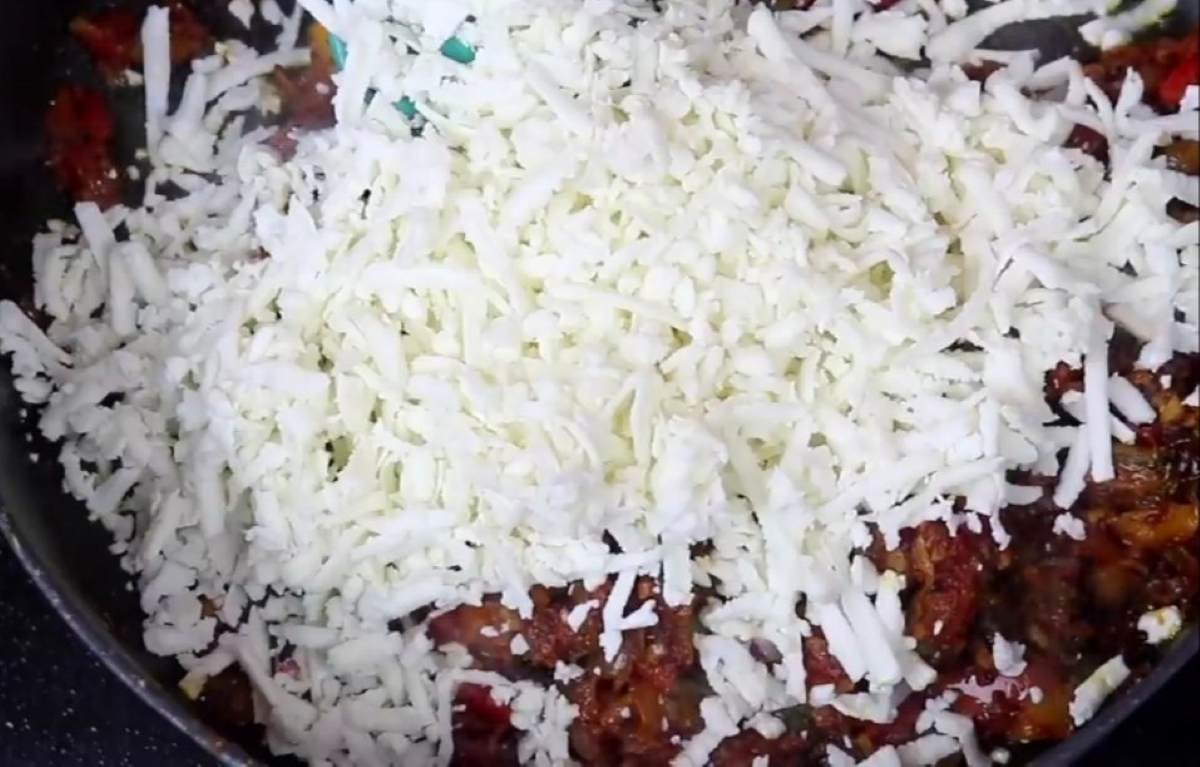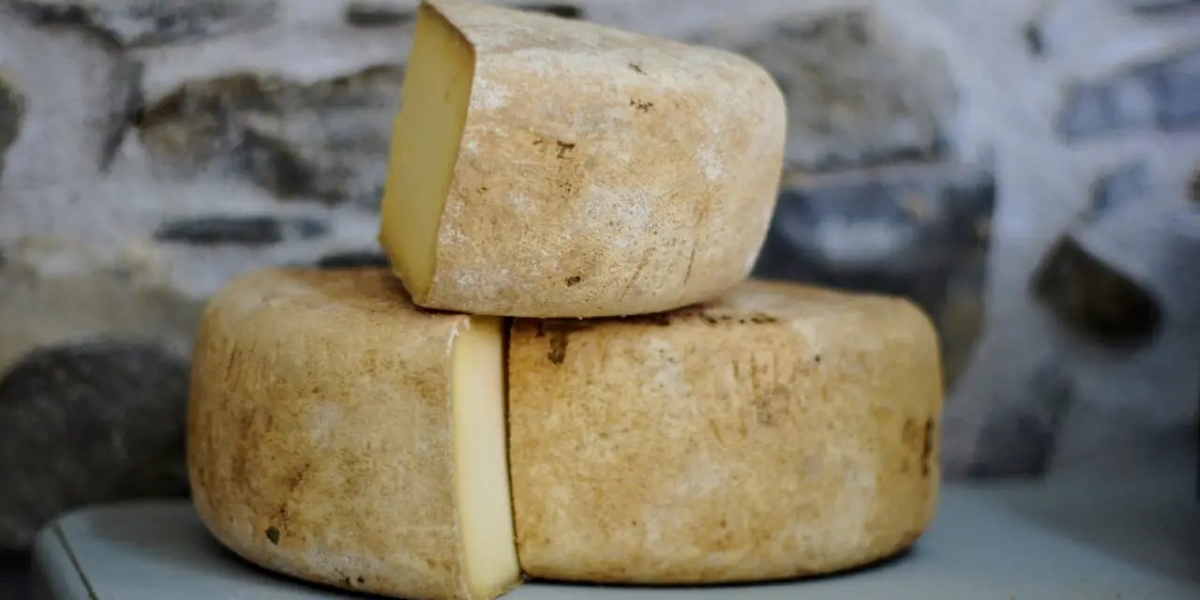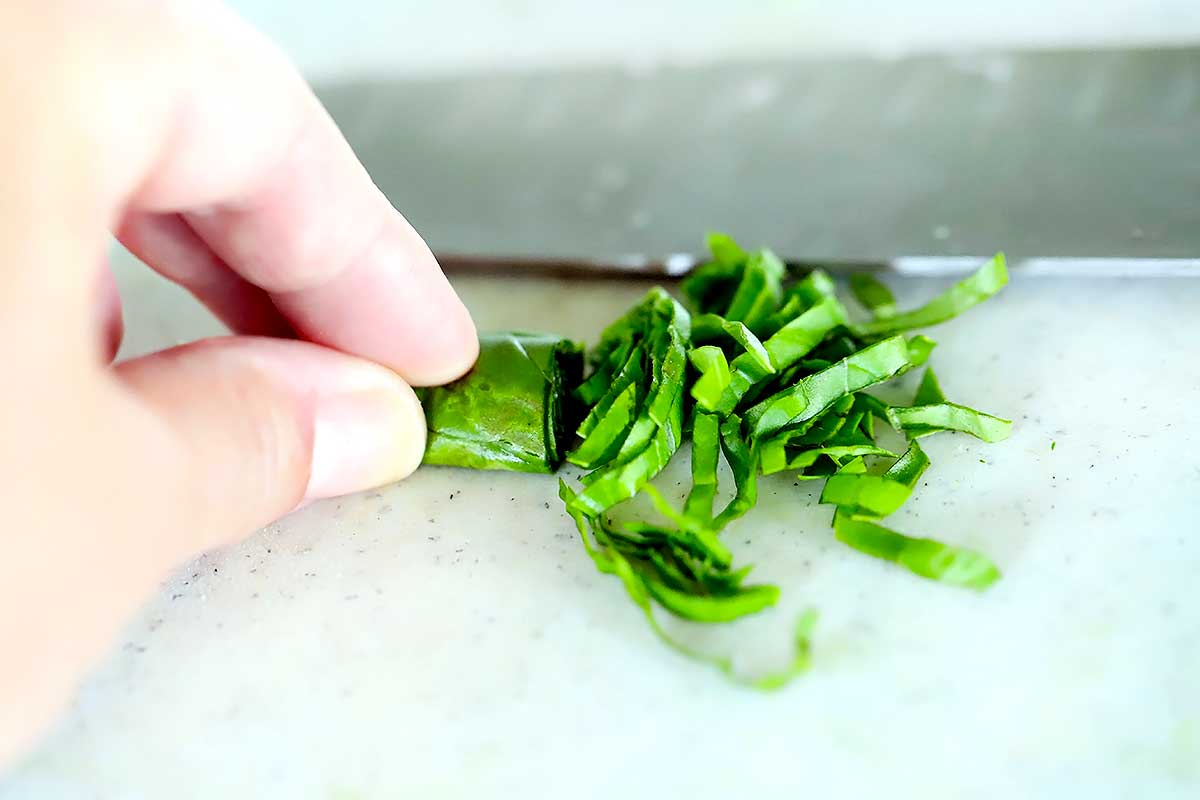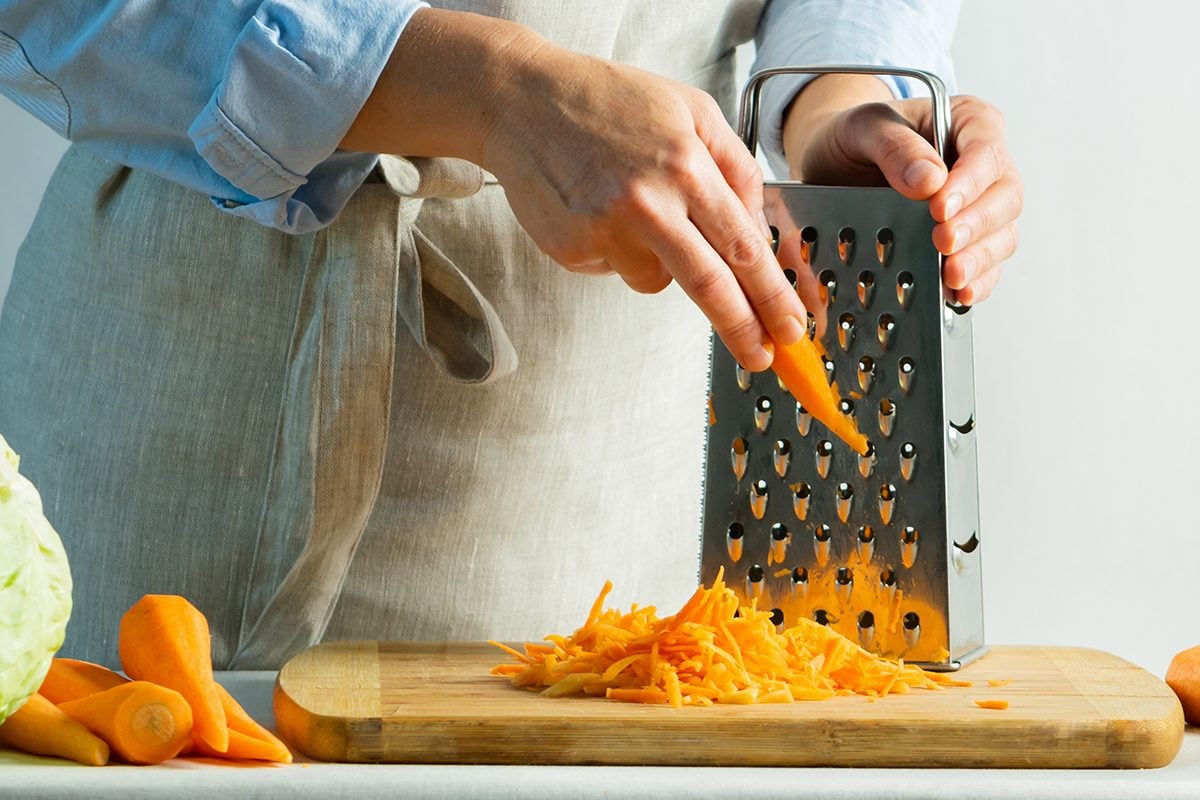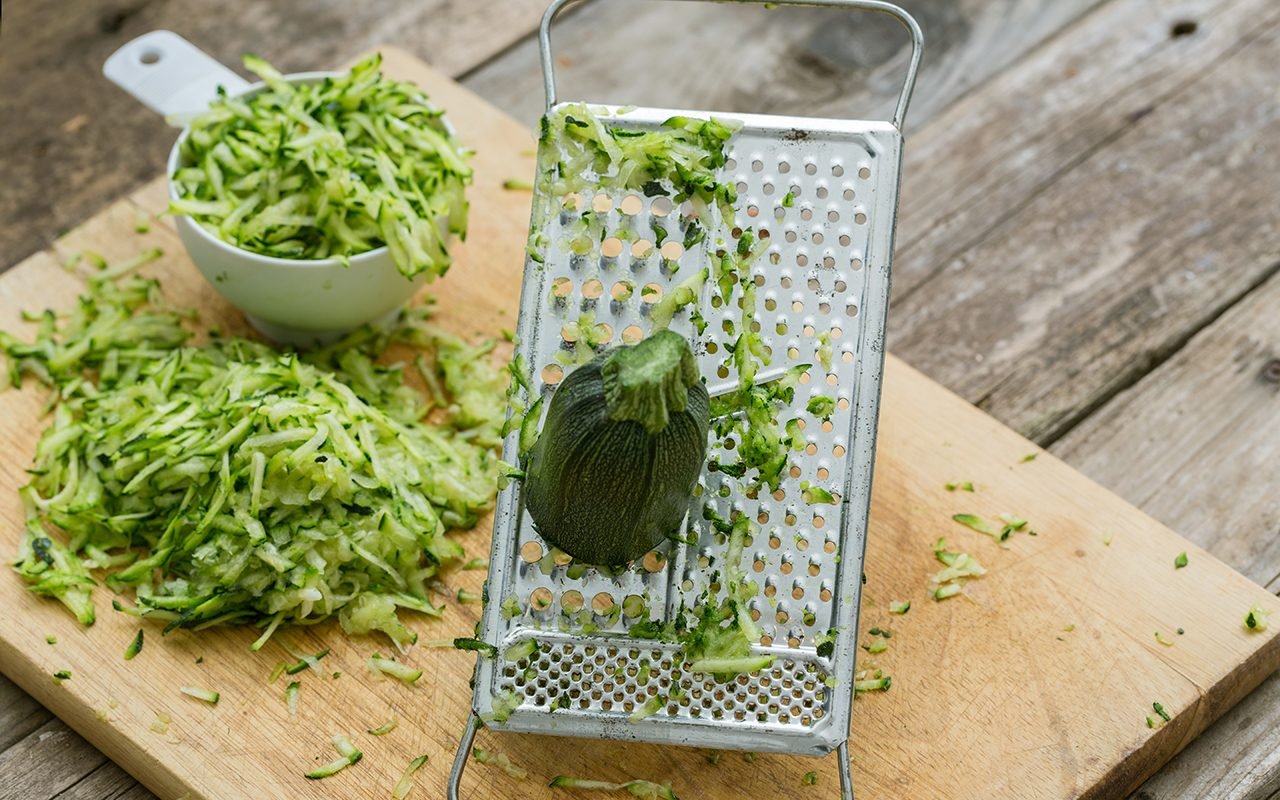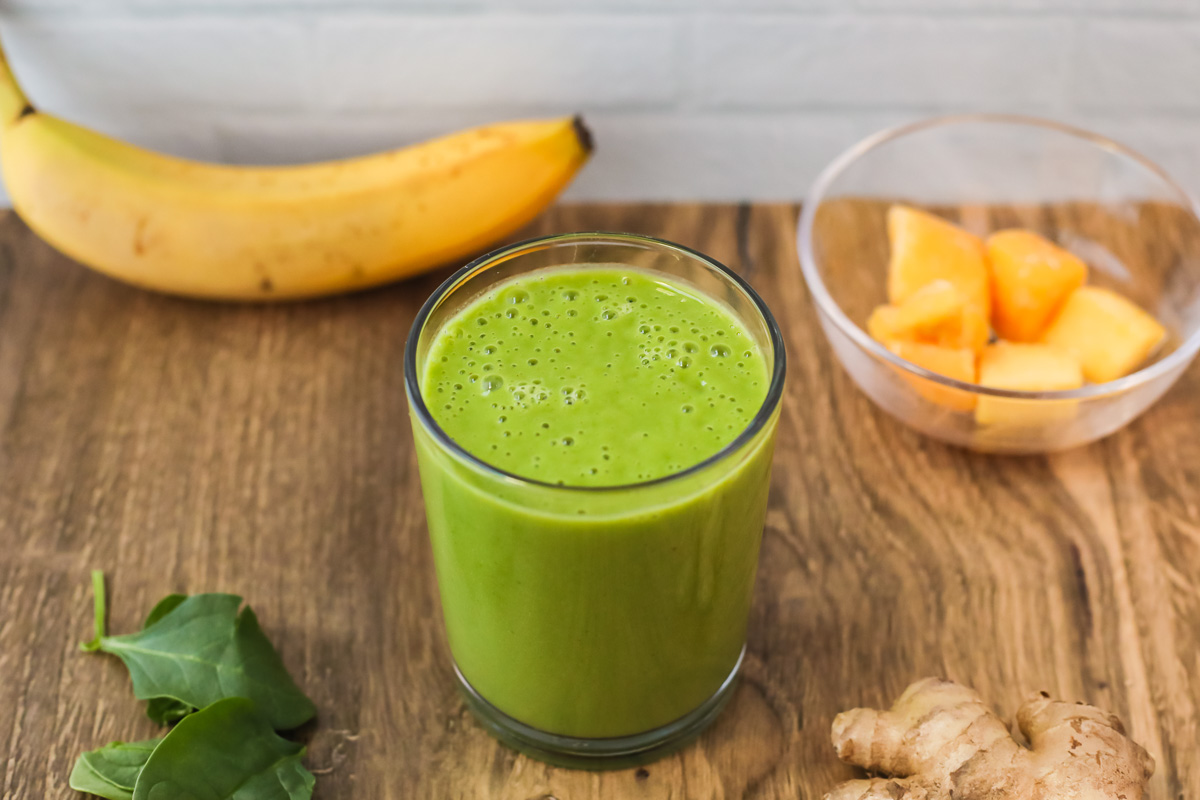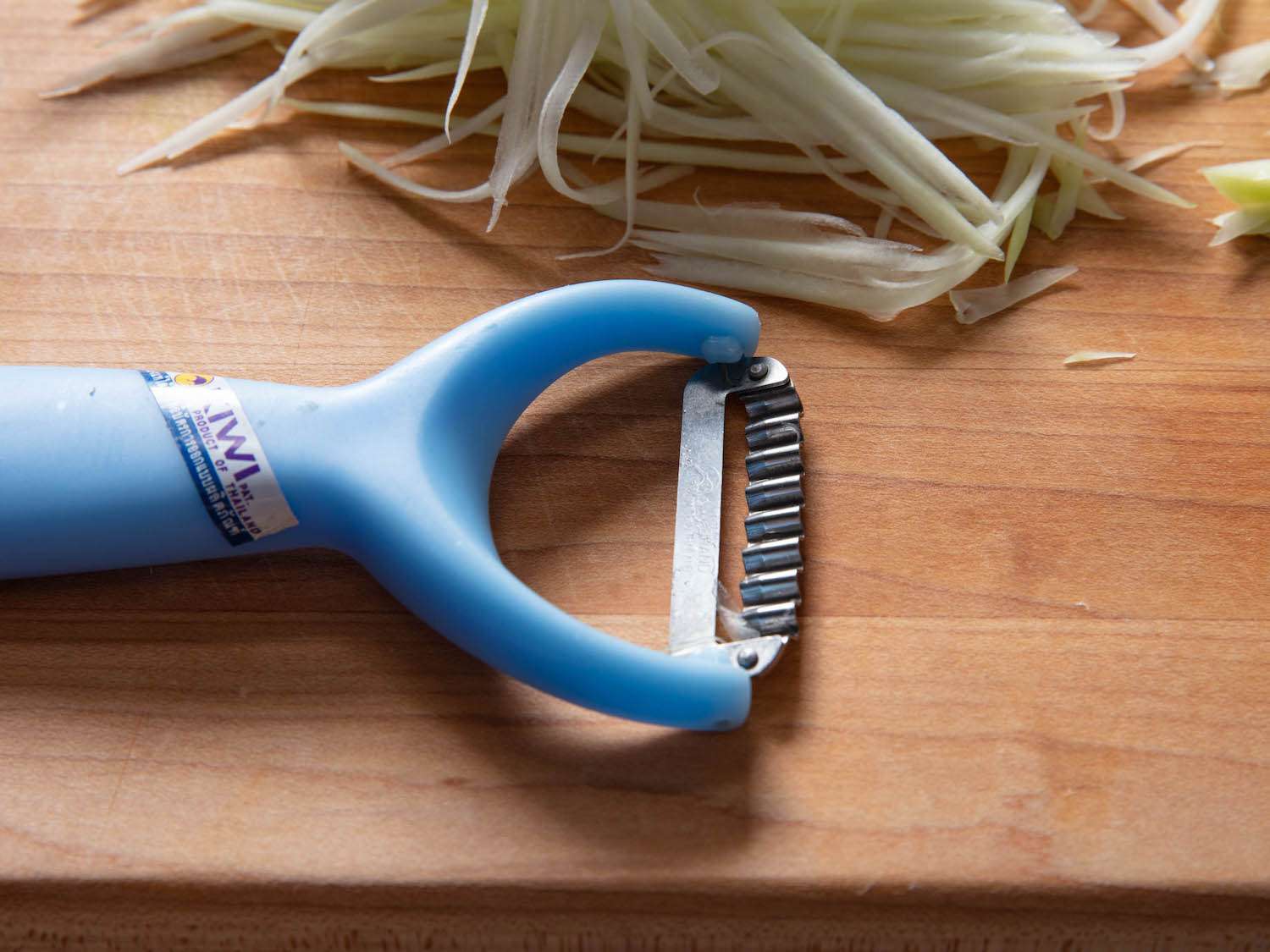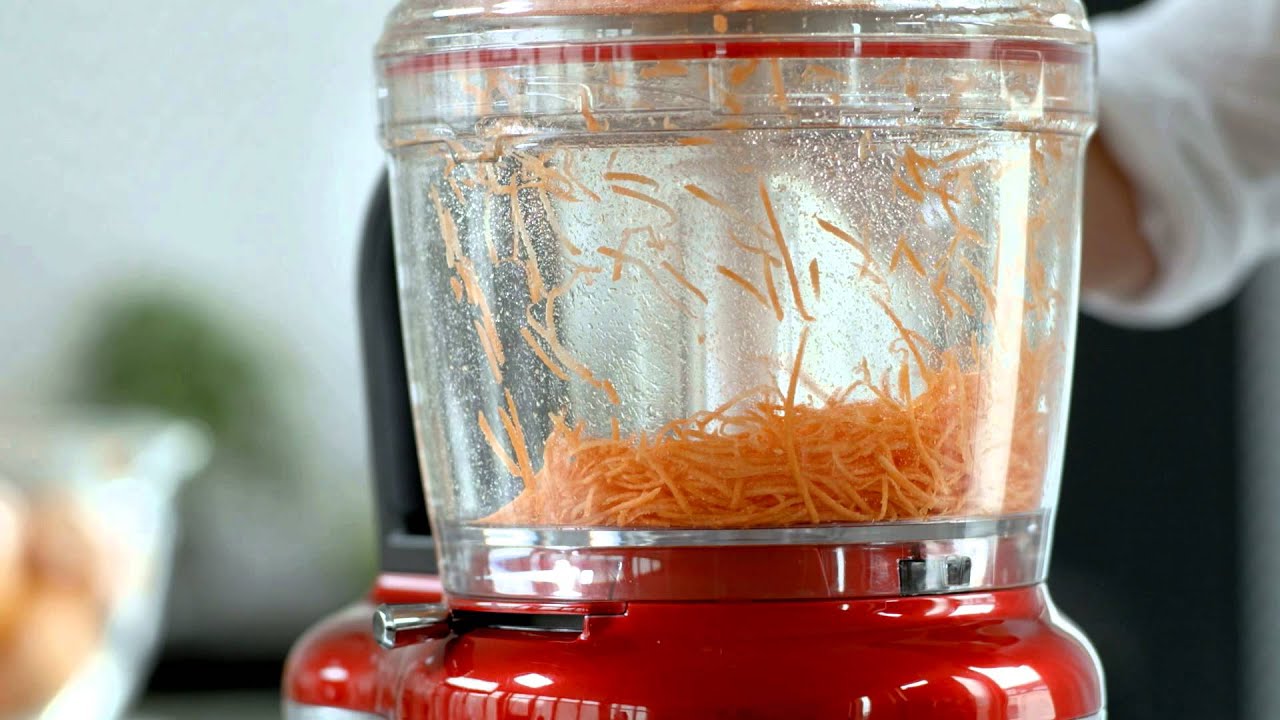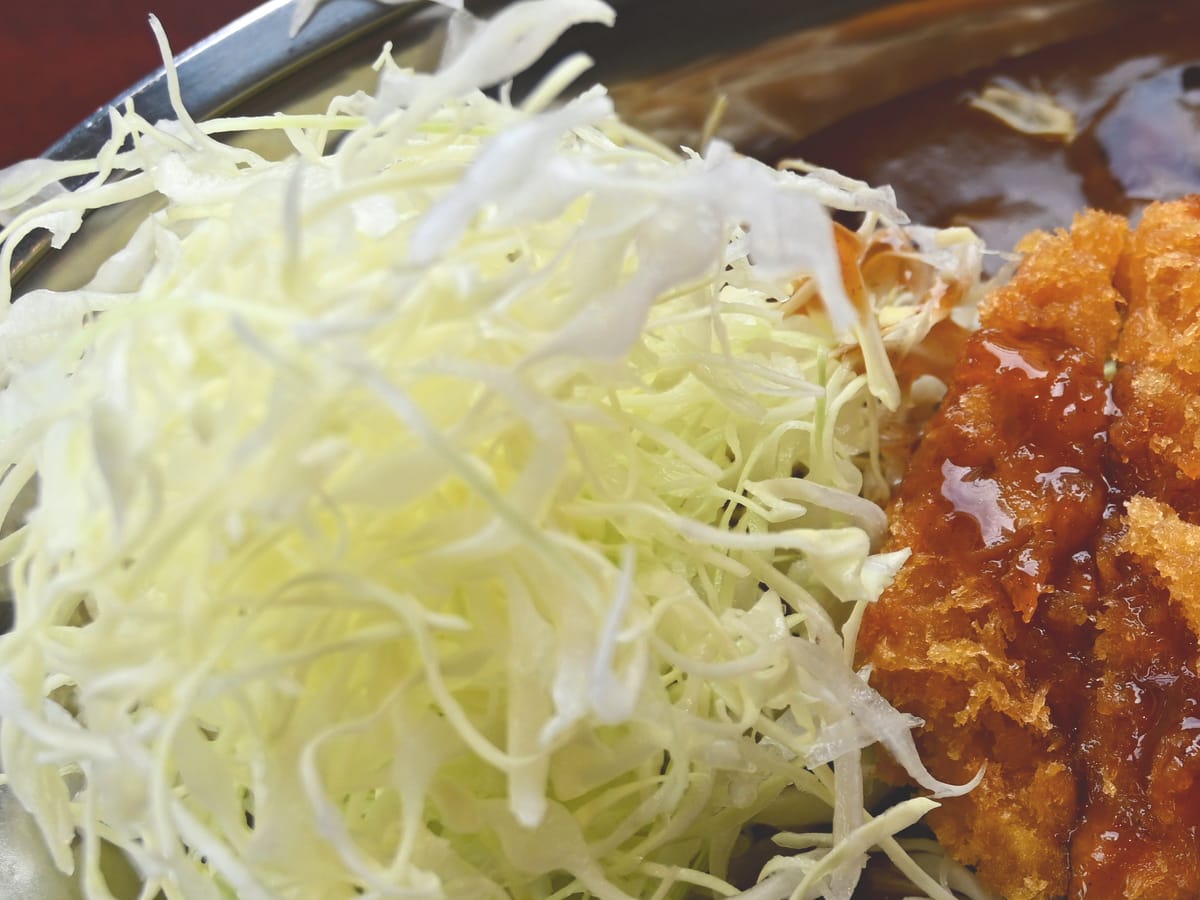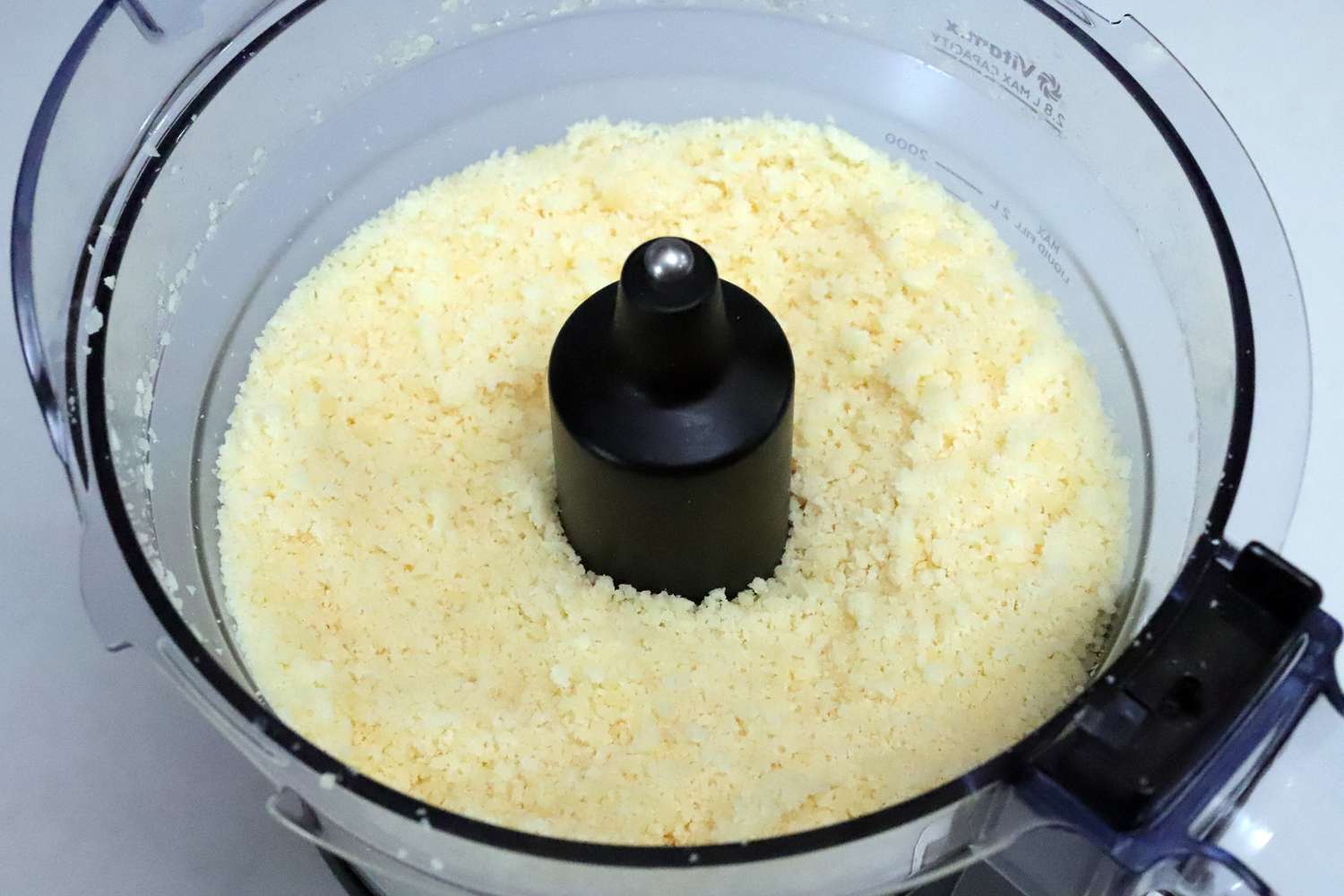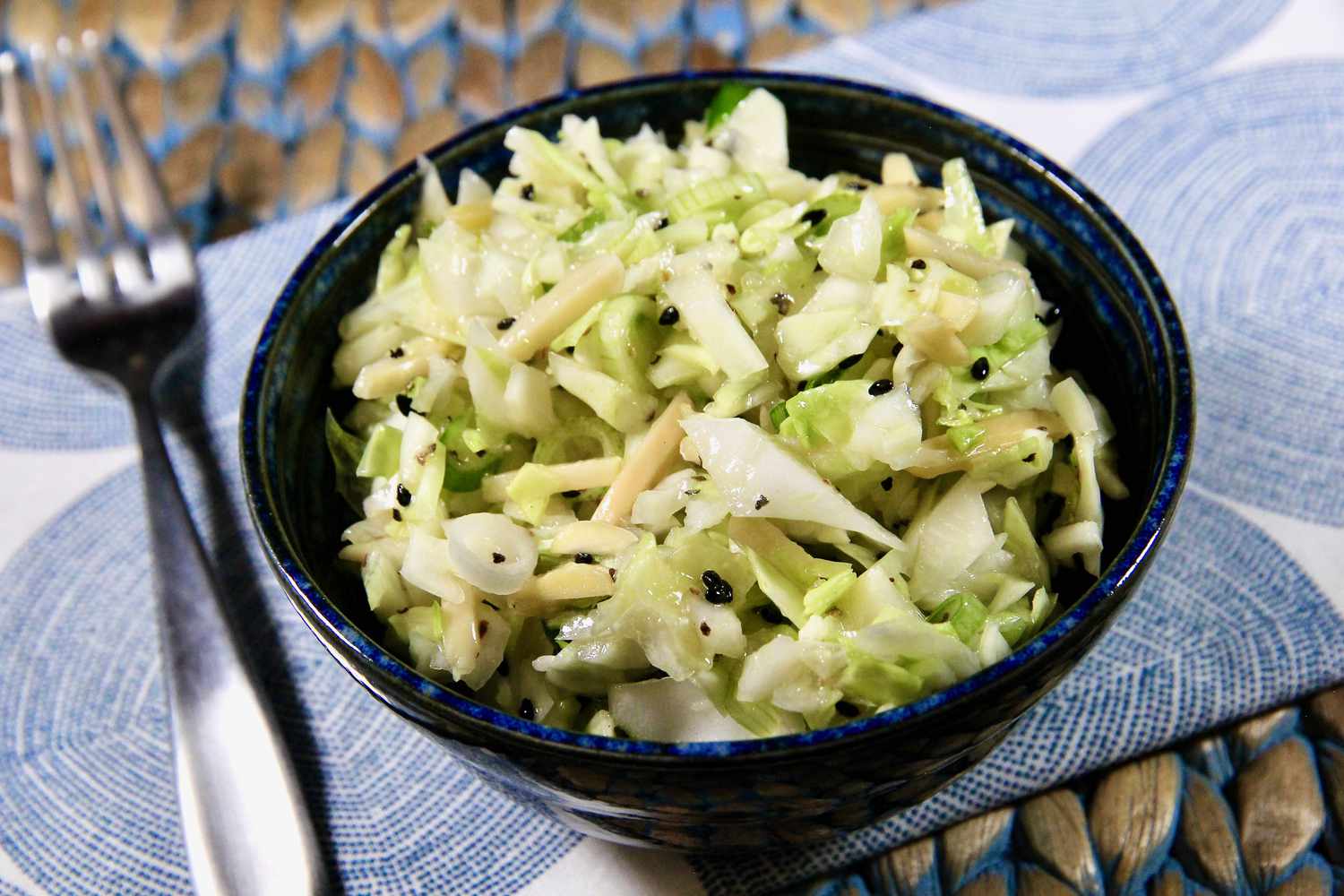Step-By-Step Guide on How to Shred a Turkey
Shredding a turkey can be a daunting task, especially if you’re not sure where to start. However, with the right technique and a little bit of patience, you can easily shred a turkey like a pro. Whether you’re preparing for a Thanksgiving feast or simply looking to repurpose leftover turkey, here’s a step-by-step guide to help you master the art of shredding a turkey.
What You’ll Need:
- Carving knife or electric knife
- Cutting board
- Cooked turkey
- Large serving fork
Step 1: Prepare Your Workstation
Before you begin shredding the turkey, make sure you have a clean and spacious workstation. Place a cutting board on a flat surface and have your carving knife or electric knife ready for use. It’s also helpful to have a large serving fork to hold the turkey in place while you shred it.
Step 2: Carve the Turkey
Start by carving the turkey to make the shredding process more manageable. If the turkey is whole, use the carving knife to separate the legs, wings, and breast from the body. Once you have these pieces separated, you can proceed to shred each part individually.
Step 3: Shred the Meat
Using your carving knife or electric knife, begin shredding the turkey meat. Focus on pulling the meat apart into thin, even strips. If you encounter any bones, be sure to remove them as you go. The goal is to create tender, bite-sized pieces that are perfect for sandwiches, salads, or any other dish you have in mind.
Step 4: Use the Serving Fork
As you shred the turkey, use a large serving fork to hold the meat in place. This will make it easier to control the turkey as you shred, especially if the meat is still warm. The fork will also help you separate the strands of meat and ensure that the shredding process is uniform throughout the entire turkey.
Step 5: Store or Serve
Once you’ve finished shredding the turkey, you can choose to store the meat for later use or serve it immediately. If you’re planning to store the shredded turkey, place it in an airtight container and refrigerate it promptly to maintain its freshness. If you’re serving the turkey right away, consider incorporating it into your favorite recipes or simply enjoy it on its own.
Conclusion
Shredding a turkey doesn’t have to be a daunting task. With the right tools and technique, you can easily transform a whole turkey into delicious, shredded meat that’s perfect for a variety of dishes. Whether you’re preparing a holiday meal or making the most of leftover turkey, this step-by-step guide will help you achieve perfectly shredded turkey every time. So, roll up your sleeves, grab your carving knife, and get ready to shred some mouthwatering turkey!
Was this page helpful?
Read Next: How To Shred Chicken In A Food Processor
